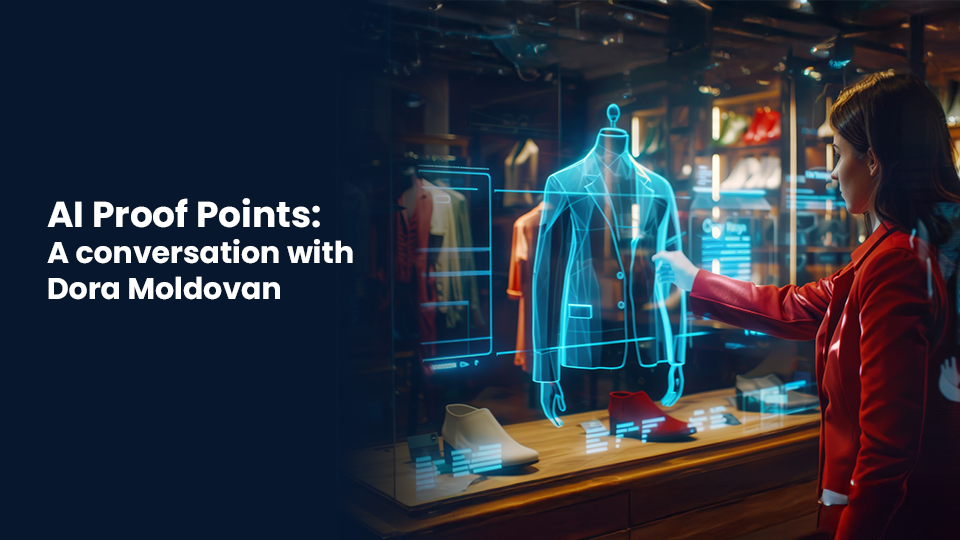The holiday shopping season is both the most exciting and most demanding time of year for retailers and brands. Adding to the chaos, peak today starts earlier and stretches longer, customer acquisition costs continue to rise, and economic uncertainty from tariffs and trade policies are impacting both consumers and retailers.
In 2025, success requires more than deep discounts—it calls for early planning, smart digital tools, and strategic execution.
This guide breaks down the trends, strategies, and technologies you need to make the most of Peak 2025.
Peak Season is Starting Earlier (Again)
Black Friday and Cyber Monday no longer mark the kickoff to holiday shopping. Events like Amazon’s Prime Big Deal Days, introduced in 2022, have normalized October promotions across the retail landscape.
This year, due to increased economic pressure from tariffs, the holiday season could start even earlier. Popular holiday shopping categories like Toys, primarily imported from China and subject to high tariffs, are particularly driving earlier peak shopping behavior as consumers try to stockpile products ahead of the impact tariffs may have on prices and inventory.
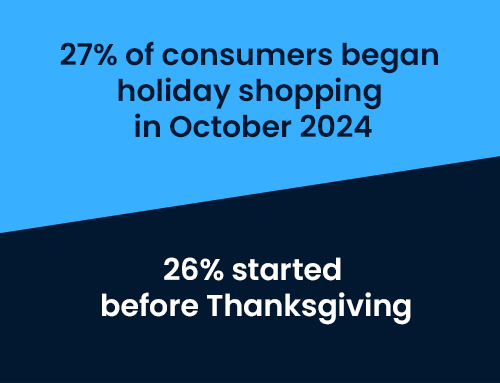
Despite these trends, last year the majority of holiday shopping still happens in the traditional peak months – 75% of online shopping in Q4 takes place in November and December.
Retailers and brands should therefore prepare for early holiday shopping demand and at the same time be ready to hold the momentum throughout the traditional peak months.
Uncertainty Casts a Shadow on Peak Forecasts
Retail sales during the 2024 holiday season surpassed the National Retail Federation’s forecasted growth by 4% over 2023. However, despite cautious optimism earlier in the year, tariffs and economic uncertainty have put a damper on the 2025 holiday spending outlook.
For the first time in six months, retail sales slowed down in June, indicating that the continued uncertainty surrounding the economy, tariffs and trade policy is impacting consumer spending.
These economic pressures are making consumers more budget-conscious and selective in their spending decisions, which is expected to escalate their hunt for value and discounts. While economic uncertainty and consumer caution will shape the season, consumer confidence is unpredictable. The best strategy for retailers and brands is to remain agile and be prepared to respond quickly to shifting consumer and market demands.
The PDP: Your Digital Front Door
As if being fully prepared for the busiest season of the year wasn’t hard enough, it is also getting harder and more expensive to attract new customers, keep them engaged and convert them.
According to ContentSquare’s 2025 Digital Experience Benchmark report, owned and organic traffic has declined, changing the way retailers are reaching shoppers. With less traffic, increased dependence on paid sources and growing investment in driving traffic, the cost of a visit has increased by 9%.
At the same time, more and more traffic is coming directly from search and social media to the product detail page (PDP), making it one of the most important pages. It also has the highest bounce rate of all pages on an eCommerce site, contributing to twice as many bounce visits as listing pages and four times as many as the homepage.
Retailers must capture the attention of visitors the moment they land on a PDP and either persuade them to buy quickly or entice them to navigate to other pages. By personalizing the experience and highlighting key information like Social Proof, Attribute Messaging and Dynamic Badging prominently on the page, retailers can improve the user experience, reduce the bounce rates and boost conversions.
A Strategic Framework for Peak Readiness
From inventory management, marketing and site optimization to logistics and customer service, preparing for the eCommerce peak involves many different moving parts and requires organizational alignment.
It’s never too early to prepare for peak. Here are some key areas that should be addressed in your 2025 peak eCommerce strategy:
1. Inventory & Forecasting
Leverage past data and predictive models to stock high-demand products. Don’t get caught short on your best sellers or over-invest in underperformers.
- Use demand forecasting tools
- Monitor supplier lead times
- Secure stock for top-selling SKUs early
2. Website Performance & Mobile Optimization
Ensure your site loads quickly, performs well under pressure, and is fully optimized for mobile where according to Adobe nearly 55% of holiday shopping takes place.
- Prepare for traffic surges
- Ensure fast load times and responsiveness
- Test site speed and checkout flow
3. Marketing & Creative
Build integrated marketing campaigns early and use conversion messaging to highlight urgency, exclusivity, and trending items. Use real-time behavioral cues to guide shoppers and help them make more informed and confident purchase decisions.
- Build integrated campaigns ahead of time
- Use urgency and personalization
- Schedule promos and key message pushes by channel
4. On-Site Engagement & Conversion
The PDP is the new homepage. Make every visit count with smarter conversion messaging like Social Proof Messaging, which helps engage, inform, and convert.
- Optimize PDPs to quickly capture attention
- Use A/B testing to refine UX
6. Customer Support
High volumes bring high expectations. Scale your service team and empower agents with data and the tools they need to resolve issues quickly.
- Train seasonal staff in advance
- Use chatbots and AI to handle FAQs
- Prepare for higher service volume
Planning for holiday peak early helps you better meet customer demand, maintain operational efficiency, enhance customer satisfaction and ultimately drive higher sales and profitability during this critical season.
Why Conversion Messaging is Your Secret Weapon for Peak
Leading retailers, like Fabletics, Living Spaces and Steve Madden, use AI-powered Conversion Messaging to enhance digital experiences and achieve optimal performance. When used right, Social Proof, Attribute Messaging and Dynamic Badging builds trust, drives urgency and helps shoppers make confident purchase decisions. Here’s how it works and why it matters more than ever.
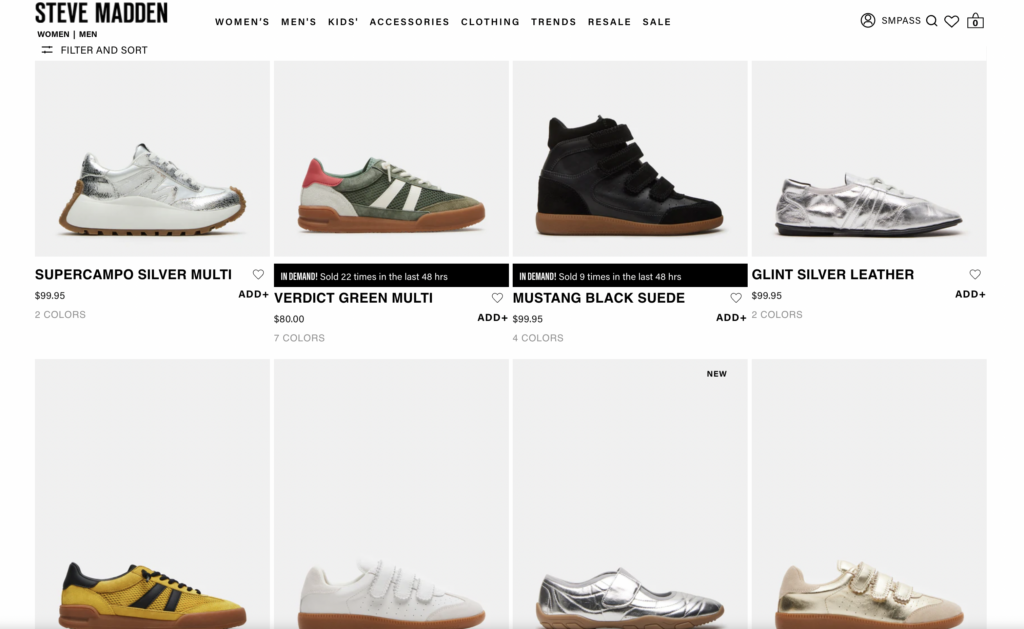
1. Amplify Integrated Marketing Campaigns
Incorporate real-time social proof—like views, purchases, and trending data—into emails, ads, and landing pages to stand out and drive urgency.
2. Help Shoppers Choose the Right Gift
Use Dynamic Badging like New In and On Sale to guide overwhelmed shoppers. Attribute Messaging can align products with buyer values such as sustainability or material origin. And by highlighting what other people are buying with social proof messaging, shoppers will gain confidence that they are making the right choice.
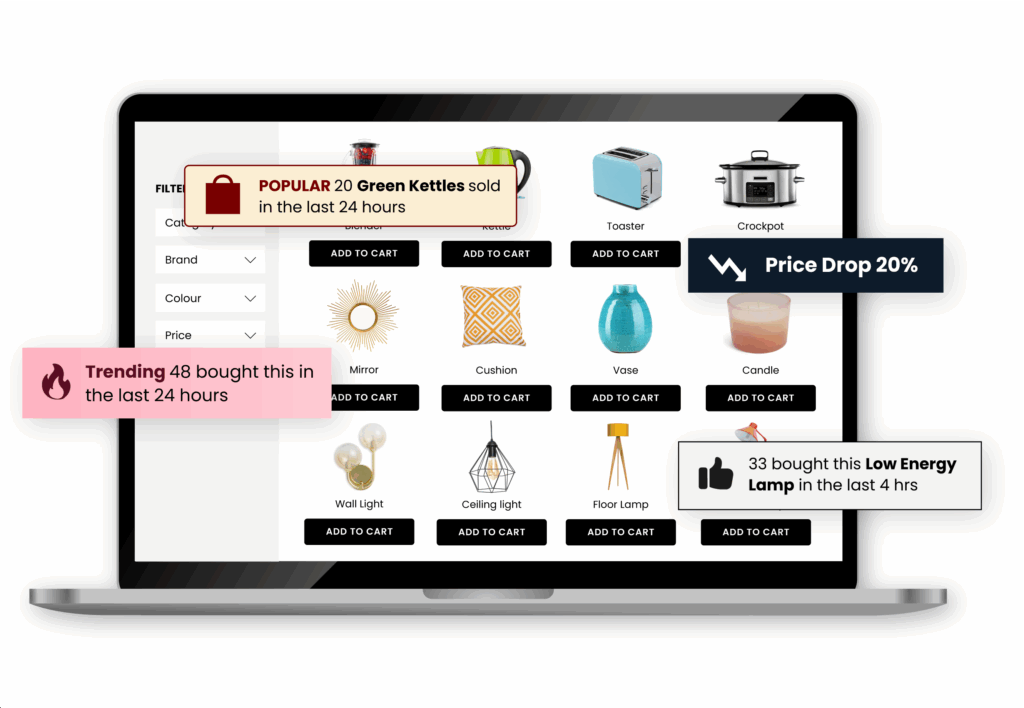
3. Make the PDP Work Harder
Increasingly, holiday shoppers are landing directly on the product page via search, digital advertising and social. Conversion messages capture their attention the moment they land on the PDP, boosting relevancy and keeping them engaged. Strategically, these messages will lead to increased conversions and improve product discovery from the PDP to reduce bounce rates.
4. Instil Confidence with Reviews
Highlight aggregated reviews and fit information to give buyers reassurance, reduce hesitation, and minimize post-purchase regret. By integrating aggregated ratings and reviews with social proof messaging, you can provide shoppers with easy insight into what other customers thought of the product, including its quality, fit, and more.
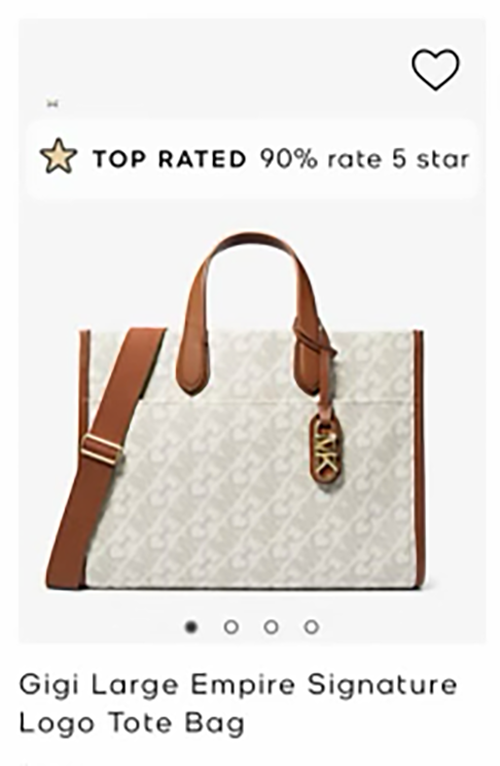
5. Create FOMO with Inventory Insights
During peak season, demand is naturally higher, and inventory can fluctuate significantly. Low-stock warnings and “selling fast” messages drive urgency and help limit cart abandonment. Shoppers value this insight, and it can also help encourage them to make a purchase decision faster.
6. Add Festive Flair
Seasonal-themed messages that align with your brand, such as “500 people added this to their wish list today 🎁”, can help boost engagement. By theming icons and copy associated with conversion messages, you can deliver more dynamic experiences that can help your brand stand out.
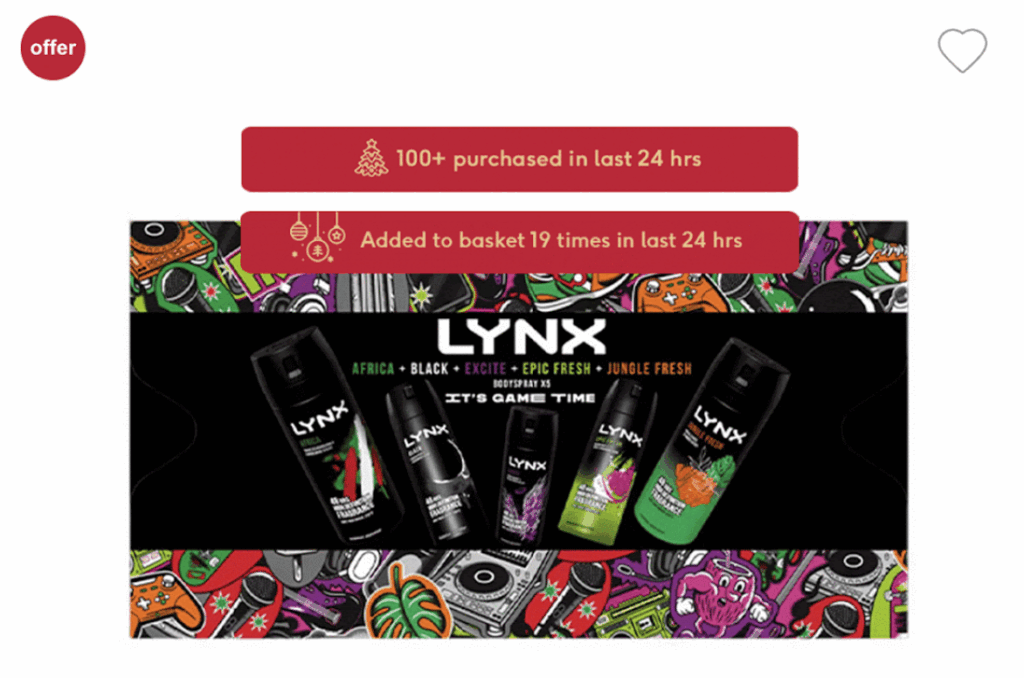
7. Reduce Return Rates
By helping shoppers choose the right size, product, and style the first time, social proof and dynamic badging cuts down on costly—and environmentally harmful—returns.
Ready to Maximize Peak 2025? Get a Head Start with Conversion Messaging
Taggstar’s platform is easy to implement and fast to show ROI. Retailers working with Taggstar regularly see:
- +2% to +20% conversion rate uplift
- Lower bounce rates and cart abandonment
- Fewer returns and higher shopper satisfaction
We can get you up and running quickly, even during code freeze, with minimal effort required from your tech team. Most retailers and brands that implement conversion messaging see proven results in days, not weeks.
By planning early, optimizing for performance, and using tools like Social Proof, Attribute Messaging and Dynamic Badging to create more engaging, trustworthy digital experiences, you can win more customers—and keep them coming back long after the holidays are over.


